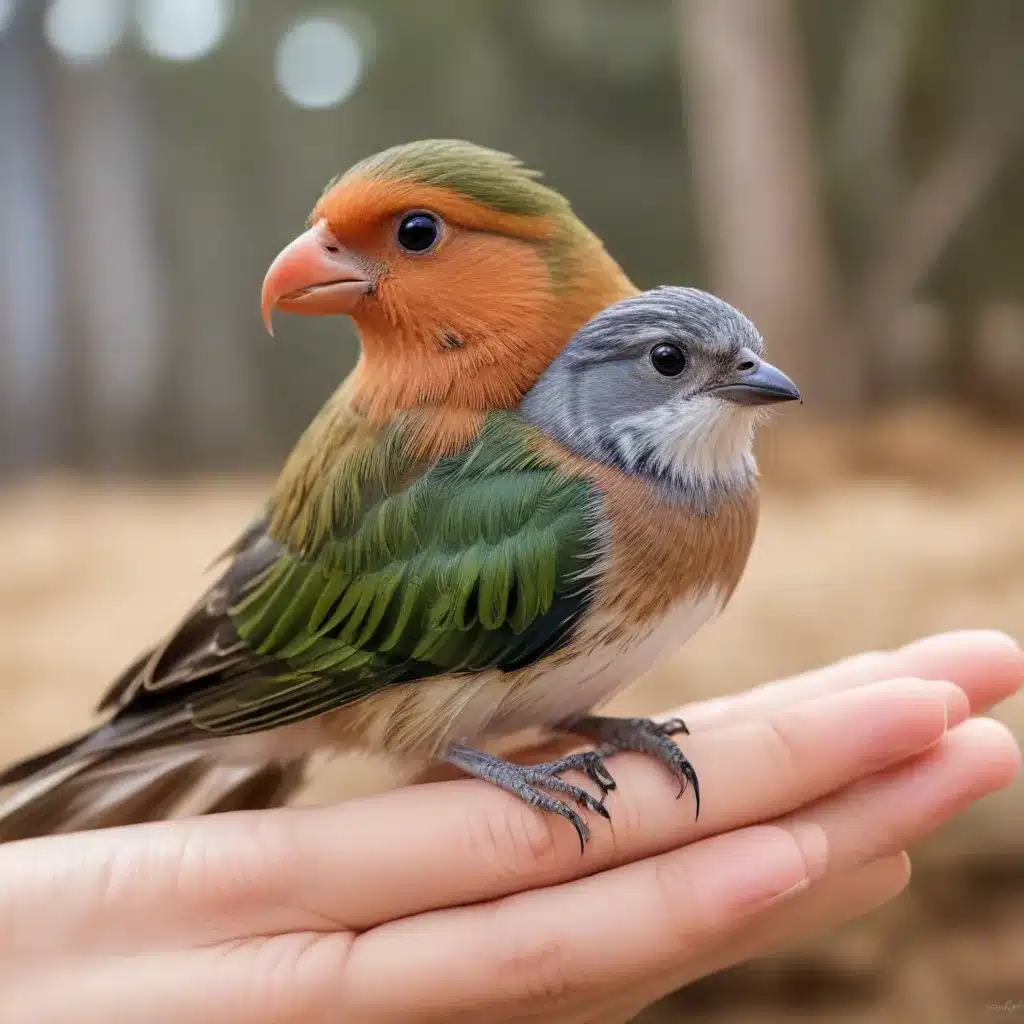
As an experienced avian caretaker and expert in bird species, I know firsthand the unique joys and challenges of caring for our feathered friends. Whether you’re relocating your beloved pet parrots or transporting rescued wild birds, ensuring their safe and stress-free travel is of paramount importance.
In this comprehensive guide, I’ll share essential insights and practical tips to help you navigate the complexities of avian transportation – from airline regulations and vehicle safety to health precautions and post-arrival protocols. By the end, you’ll be equipped with the knowledge to embark on feather-friendly journeys that prioritize your birds’ well-being every step of the way.
Avian Travel Considerations
Birds are remarkable creatures, each with their own distinct needs and behaviors. Before embarking on any trip, it’s crucial to understand the unique requirements of the specific species you’ll be transporting. Let’s explore the diverse world of domestic pets and migratory wild birds.
Bird Species Profiles
Domestic Pets: From beloved parrots and cockatoos to hardy finches and canaries, our avian companions come in a dazzling array of shapes, sizes, and temperaments. These highly intelligent and social birds often form deep bonds with their human families, making their safety and comfort a top priority during travel.
Wild Migratory Birds: Each year, billions of birds traverse vast distances, following ancient flight paths in search of seasonal resources and breeding grounds. While these feathered travelers are resilient, they face numerous threats along their journeys, from disorienting artificial lights to fatal collisions with windows and buildings.
Avian Anatomy and Physiology
Understanding the unique anatomical and physiological traits of birds is essential for ensuring their well-being during transport. Their delicate feather structures and specialized respiratory systems require careful consideration to prevent distress or injury.
Feathers are not just beautiful; they play a critical role in a bird’s thermoregulation, flight, and overall health. Improper handling or exposure to harsh environments can damage these intricate structures, compromising a bird’s ability to maintain its optimal body temperature and execute precise aerial maneuvers.
Similarly, birds’ highly efficient respiratory systems, which rely on air sacs and a network of interconnected lungs, are susceptible to environmental stressors. Ensuring adequate ventilation and avoiding exposure to airborne contaminants are crucial safeguards during transit.
Preparing Birds for Transport
Whether you’re planning to fly with your pet or transport them by road, thorough preparation is key to a successful and stress-free journey. Let’s explore the specific considerations for each mode of transportation.
Airline Travel Regulations
Airlines have implemented strict guidelines to ensure the safety and well-being of animals traveling in their care. Familiarize yourself with the carrier size restrictions, temperature requirements, and policies regarding in-cabin versus cargo hold transport. Adhering to these regulations will not only protect your feathered companion but also help you navigate the check-in process with ease.
Vehicle Transportation
When transporting birds by car, van, or truck, secure caging and climate control are essential. Sturdy, well-ventilated carriers or crates should be used to prevent your birds from escaping or sustaining injuries during the journey. Maintain a comfortable temperature and humidity level within the vehicle, and be prepared to make frequent stops to monitor your birds’ well-being and provide them with food and water as needed.
Health and Safety Precautions
Minimizing stress and ensuring the physical well-being of your avian travelers should be your top priorities. Invest time in implementing effective stress mitigation strategies and equipping yourself with the knowledge to respond to emergencies.
Stress Mitigation
Accustom your birds to their travel carriers well in advance, allowing them to become comfortable with their temporary homes. Introduce calming sensory enrichment, such as familiar toys, perches, and soothing sounds, to help ease their anxiety during the journey. Remain patient and attentive to your birds’ cues, adjusting your approach as needed to maintain their trust and cooperation.
Avian First Aid
Familiarize yourself with common avian injuries and illnesses that may arise during transport, and equip yourself with a comprehensive first aid kit tailored to your feathered companions. Know how to recognize signs of distress, such as labored breathing or unusual feather positioning, and be prepared to implement emergency protocols, including administering fluids or contacting an avian veterinarian for immediate guidance.
Destination Arrival and Release
Ensuring a seamless transition to the final destination is crucial for the long-term well-being of your avian travelers. Carefully consider the suitability of the new environment and monitor your birds closely during the acclimation process.
Habitat Suitability
When transporting birds to a new location, whether it’s a new home or a release site for rescued wild birds, thoroughly research the habitat’s suitability. Factors like climate, vegetation, and the presence of predators can significantly impact a bird’s ability to thrive. Consult with local wildlife experts or avian veterinarians to determine the appropriate release or integration strategies for your feathered companions.
Post-Transport Monitoring
Even after a successful journey, continue to closely observe your birds’ behavior and overall condition. Monitor for any signs of stress, illness, or injury, and schedule a prompt veterinary checkup to ensure a clean bill of health. With patience and attentive care, your birds will soon settle into their new surroundings, ready to embark on the next chapter of their lives.
By following these comprehensive guidelines, you’ll be equipped to navigate the complexities of avian transportation with confidence and compassion. Remember, your birds’ well-being is the top priority, and with the right preparation and vigilance, you can ensure a feather-friendly travel experience for all.
For more information and resources on bird care and conservation, be sure to visit Mika Birds Farm. Our team of avian experts is dedicated to supporting bird owners and enthusiasts in creating safe, enriching environments for our feathered friends.


